Valve Packing & Gasket Research and Development Devices
The continuous improvement of valve packing technology has created a new baseline for the industry to achieve emission levels that previously were possible only with the use of bellows seals.
#automation
Stress Test
This is one of the first tests that we developed and was used to determine if packing behaved like gaskets. The objective was to find the minimum force for packing, just like that which is used for gaskets, and provide manufacturers and end users with the actual torque they need to apply in their valves to have a good seal.
The packings are listed below with their corresponding minimum seating stresses:
a) Ni-Cr wire mesh reinforced yarn flexible graphite packing: 55MPA (7975psi)
b) Ni-Cr wire reinforcement flexible graphite packing: 35MPa (5075psi)
c) Carbon and flexible graphite packing with graphite impregnation: 20MPa (2900psi)
d) Expanded PTFE filled with barium sulphate packing: 25MPa (3625psi)
As can be seen, there is a major difference in forces between each packing materials.
Drag
Another concern is drag. How much force is needed to move the stem?
This test rig (Figure 2) simulates a stuffing box and a stem with a load cell at the bottom of the stuffing box that measures the residual force at the bottom of the last packing ring. It is equipped with two gauged bolts that indicate the force being applied on the packing by the gland follower. A torque wrench can be fastened to the stem to measure the force required to turn it.
The tests show that there is an increase in the friction force (force that opposes movement) as more packing rings are added. The higher the friction force, the harder it will be to operate the valve. Some packings have a different behavior at the beginning of the test than they do at the end, and most have more or less linear behavior. The last ring receives almost the same force as the first ring, so the packing develops like a bushing.
This test reveals as well that packings behave slightly differently under low and high gland stresses. For the carbon and flexible graphite packing, the packing behavior to 20MPa (2900psi) is completely different from its behavior under higher stresses.
Tests performed show that the amount of axial stress reaching the bottom of the stuffing box is only slightly lower than that at the gland. Therefore, the radial distribution usually described in the packing literature as (Figure 3) could not be validated. It was found that for stresses above the minimum seating stress, more than 50% of the applied gland stress reached the bottom of the stuffing box. In some cases, more than 90% of the gland stress reached the bottom.
Thermal Expansion
This test (Figure 4) measures thermal expansion. Results have shown that the lower the PTFE content, the better the performance results. Those with the highest PTFE content showed high leakage requiring gland adjustments leading to temperature increases. This resulted in scorching of the packing and increasing leak rates.
Knife Gate
A test rig (Figure 5) is composed of a 6” class 150 knife gate valve that has the original valve seat removed so that there is nothing contacting the gate other than the packing and the fluid inside the valve. This test device enables the evaluation of sealability and the drag forces associated with packing friction.
The graphs in Figure 6 depict the leak results for synthetic vs. ePTFE packings. The upper graphs indicate the drag values to open and close the valve for three different installation stresses and the bottom graph indicate if fluid was added to the system to compensate leakage. Notice that the synthetic packing required a higher installation stress than PTFE to provide an effective seal.
Corrosion Test
One of the interesting results obtained from these tests showed that although passive inhibitors alone offer some protection against general mass loss, they also catalyze localized corrosion by pitting. (Figure 8)
Additional Testing Devices
Differential Scanning Calorimetry – DSC: Monitors the difference in the heat flow between a sample and a reference as the material is heated or cooled. This is commonly used to determine temperature transition enthalpy, glass transition temperature, melting point, crystallization temperature, purity and crystalinity. It can also measure heat capacity and calculate reaction rate.
Infrared (IR) Spectroscopy: This method measure the absorption of different IR frequencies by a sample positioned in the path of IR beam. When the frequency of a specific vibration is equal to the frequency of the IR radiation the molecule absorbs the radiation. Different functional groups absorb characteristic frequencies of IR radiation.
Common use of this method include identification of compounds by matching spectrum of an unknown compound with a reference spectrum, identification of function groups in an unknown substance and quantitative determination of compounds in mixtures.
In Development
“Any change in valve stem sealing system design including, but not limited to, packing material, packing manufacturer or packing type/model requires a requalification.”
Valves that successfully meet the requirements of API624 testing will be marked as “Low Emissions” valves. This will eventually make it easier for end users to identify valves for VOC service that are acceptable to meet the EPA consent decree requirements. It also provides a new low emissions product line for market by the valve manufacturers.
Conclusion
The devices shown can determine basic packing characteristics and functional behavior, making it possible to develop valve packings that meet the most demanding EPA Consent Decree emission levels.
Jose Carlos Carvalho Veiga is director of the Teadit Group, Brazil. Contact him at jccveiga@teadit.com.br.
RELATED CONTENT
-
The Rationale Behind Valve Characteristics
Back in the “early days,” we were taught that, to properly control flow, we should select a linear valve characteristic when the valve controls more than 25% of the piping system pressure drop at full flow.
-
Piping Codes and Valve Standards
As with every intended use for valves, piping carries its own set of standards that valve companies and users need to understand.
-
Fugitive Emissions Standards for Valves
API, ISO and TA Luft all have their own set of standards to control emissions. What are the differences and how do they compare?



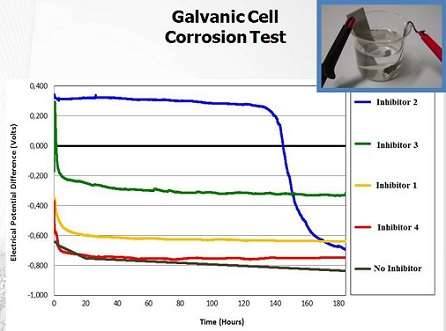
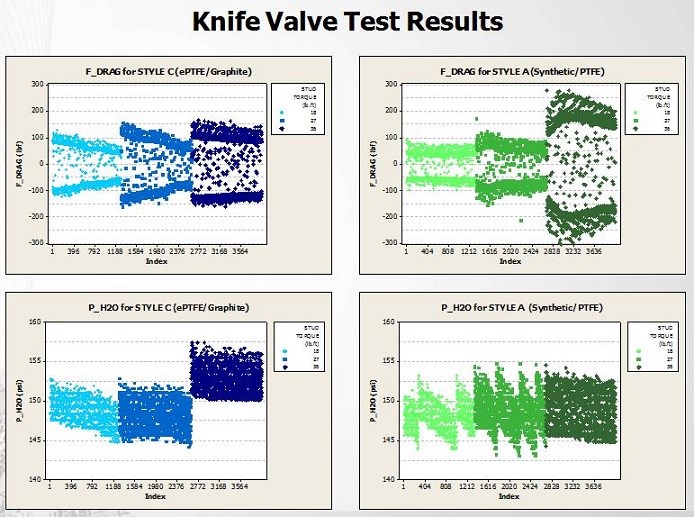

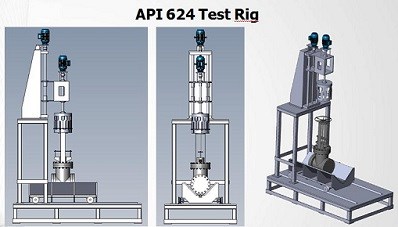
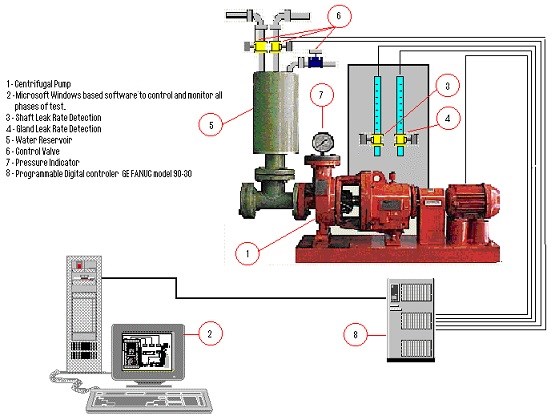

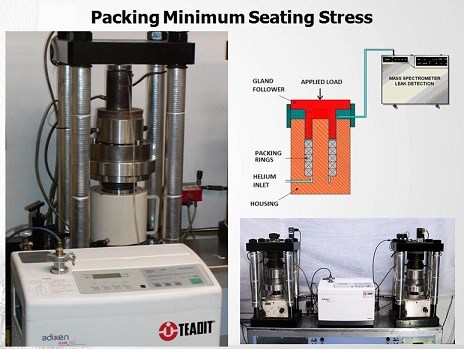
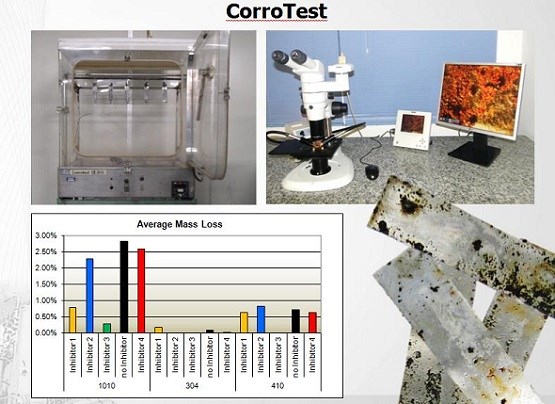







 Unloading large gate valve.jpg;maxWidth=214)